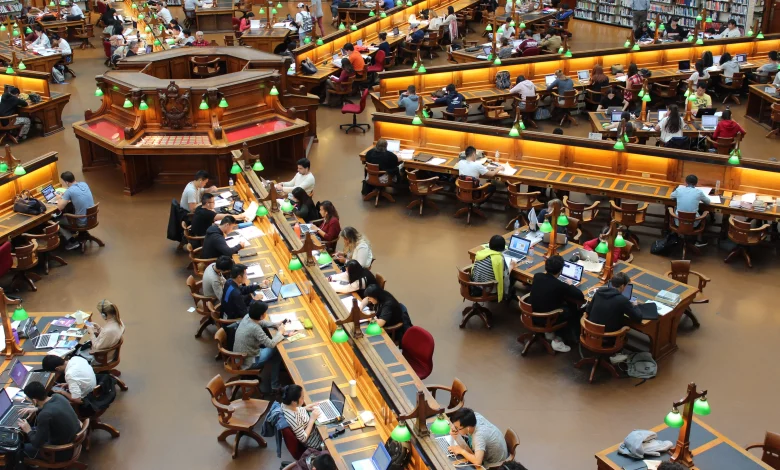Examining Gender Disparities in American Education

Table of Contents
Introduction
Education is a fundamental pillar of any society, yet gender disparities persist in American educational institutions. In this article, we will delve into the examination of gender-based inequalities in education, understanding the historical context, current state of affairs, contributing factors, and potential solutions.
Historical Context
Throughout history, gender-based educational inequalities have been prevalent. Women, in particular, faced significant barriers to education, with limited access and opportunities. Over the years, strides have been made to address these imbalances, but challenges remain.
Current State of Affairs
Despite progress, gender disparities persist in educational attainment. Statistics reveal variations in academic performance, enrollment rates, and career choices between genders. Understanding these disparities is crucial for fostering a more equitable educational landscape.
Factors Contributing to Gender Disparities
Socioeconomic factors, stereotypes, and biased educational practices contribute to gender disparities. Examining these elements helps identify root causes, facilitating targeted interventions for a more inclusive education system.
Impact on Academic Performance
Differences in academic achievement between genders can have long-term consequences on career paths. It is essential to explore how gender disparities affect the overall educational experience and subsequent professional trajectories.
Initiatives and Policies
Various initiatives and policies aim to address gender disparities. Evaluating their effectiveness provides insights into what works and what needs improvement in fostering gender equality within the education system.
Case Studies
By examining case studies of schools or regions successfully reducing gender disparities, we can uncover strategies that have proven effective. Analyzing these success stories offers valuable lessons for broader implementation.
Challenges in Implementing Change
Identifying obstacles to reducing gender disparities is crucial. Discussing potential solutions ensures a more comprehensive understanding of the challenges educators, policymakers, and communities face.
The Role of Teachers and Parents
Creating an inclusive educational environment requires collaboration between educators and parents. Strategies for supporting gender equality within the family and classroom settings can contribute to broader societal change.
Technology and Education
Technology can play a pivotal role in bridging gender gaps in education. Exploring successful technology-driven educational initiatives sheds light on innovative approaches that enhance inclusivity.
Cultural Influences on Education
Societal norms influencing gender roles impact education. Strategies for challenging and changing these cultural perceptions contribute to creating a more equitable educational system.
Future Outlook
Predicting the future of gender disparities in American education allows us to anticipate challenges and proactively work towards continued improvement. This section explores potential trends and developments.
Engaging the Community
Community involvement is paramount in addressing gender disparities. Highlighting successful community-based initiatives demonstrates the positive impact of collective efforts.
Measuring Progress
Establishing metrics to evaluate improvements in gender disparities is essential. Regular assessments contribute to ongoing efforts to create a more equitable educational environment.
Conclusion
In conclusion, examining gender disparities in American education is a multifaceted endeavor. By understanding historical context, current challenges, and potential solutions, we can collectively work towards a more inclusive educational landscape.
FAQs
- **Why do gender disparities in education persist?
- A: Various factors, including societal norms and biases, contribute to the persistence of gender disparities in education.
- **How can parents contribute to reducing gender disparities in education?
- A: Parents play a crucial role by fostering an inclusive mindset at home, encouraging their children to pursue diverse educational paths.
- **What role does technology play in addressing gender disparities?
- A: Technology can be a powerful tool to bridge gaps by providing equal access to educational resources and opportunities.
- **Are there specific policies that have successfully reduced gender disparities?
- A: Some policies have shown success; however, ongoing evaluation and adaptation are necessary for sustained progress.
- **How can communities actively contribute to reducing gender disparities in education?
- A: Community involvement, through support for inclusive initiatives and awareness campaigns, is key to reducing gender disparities in education.




